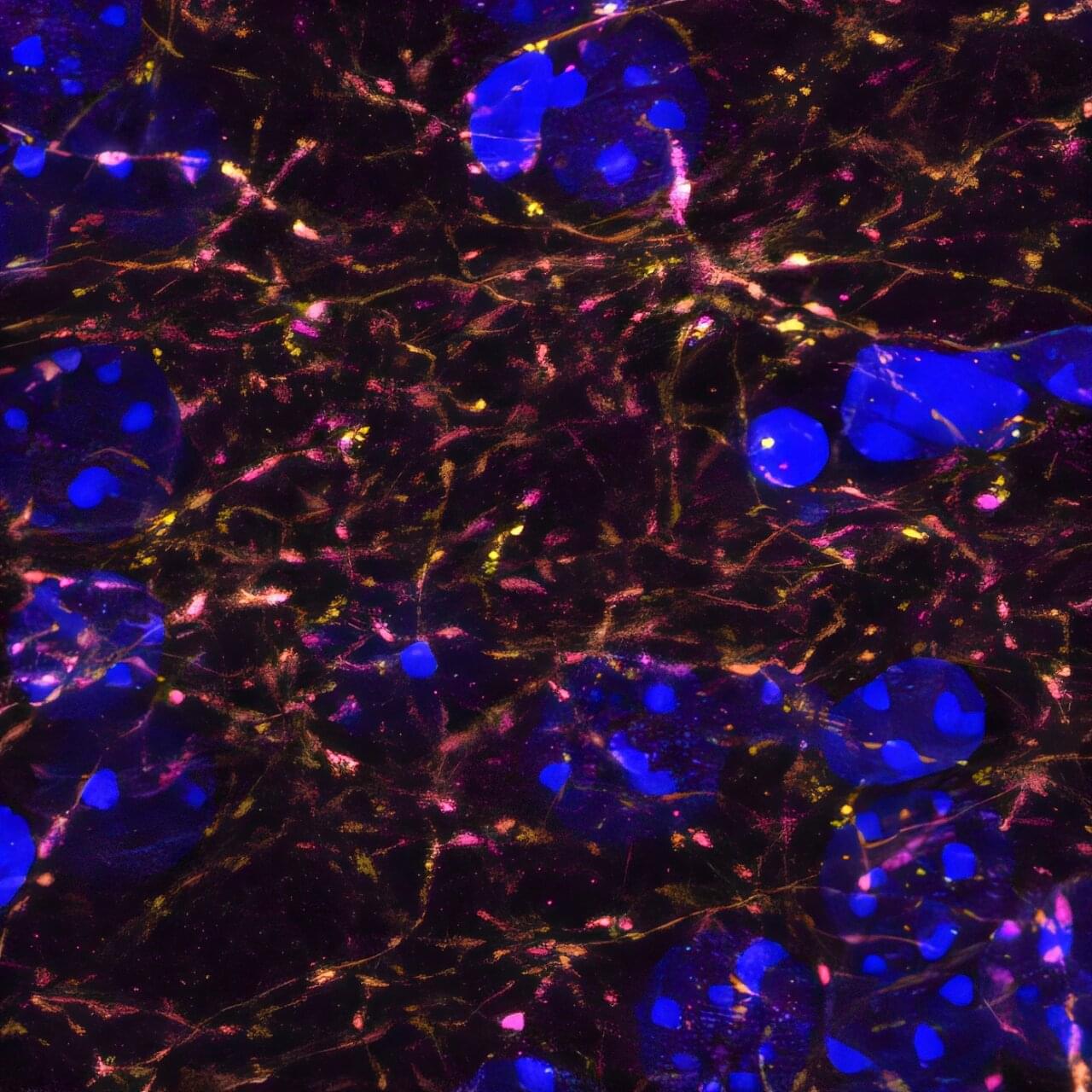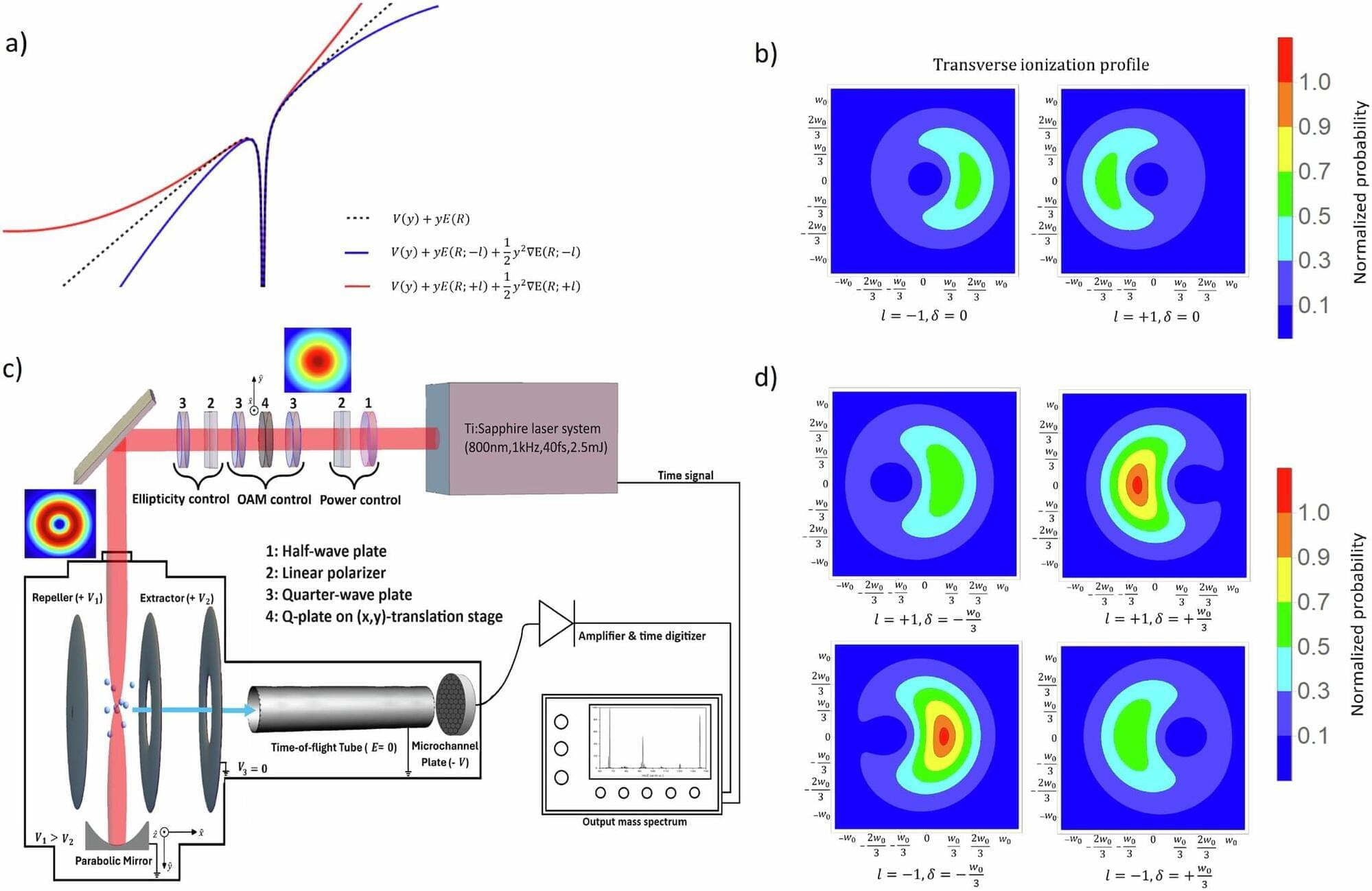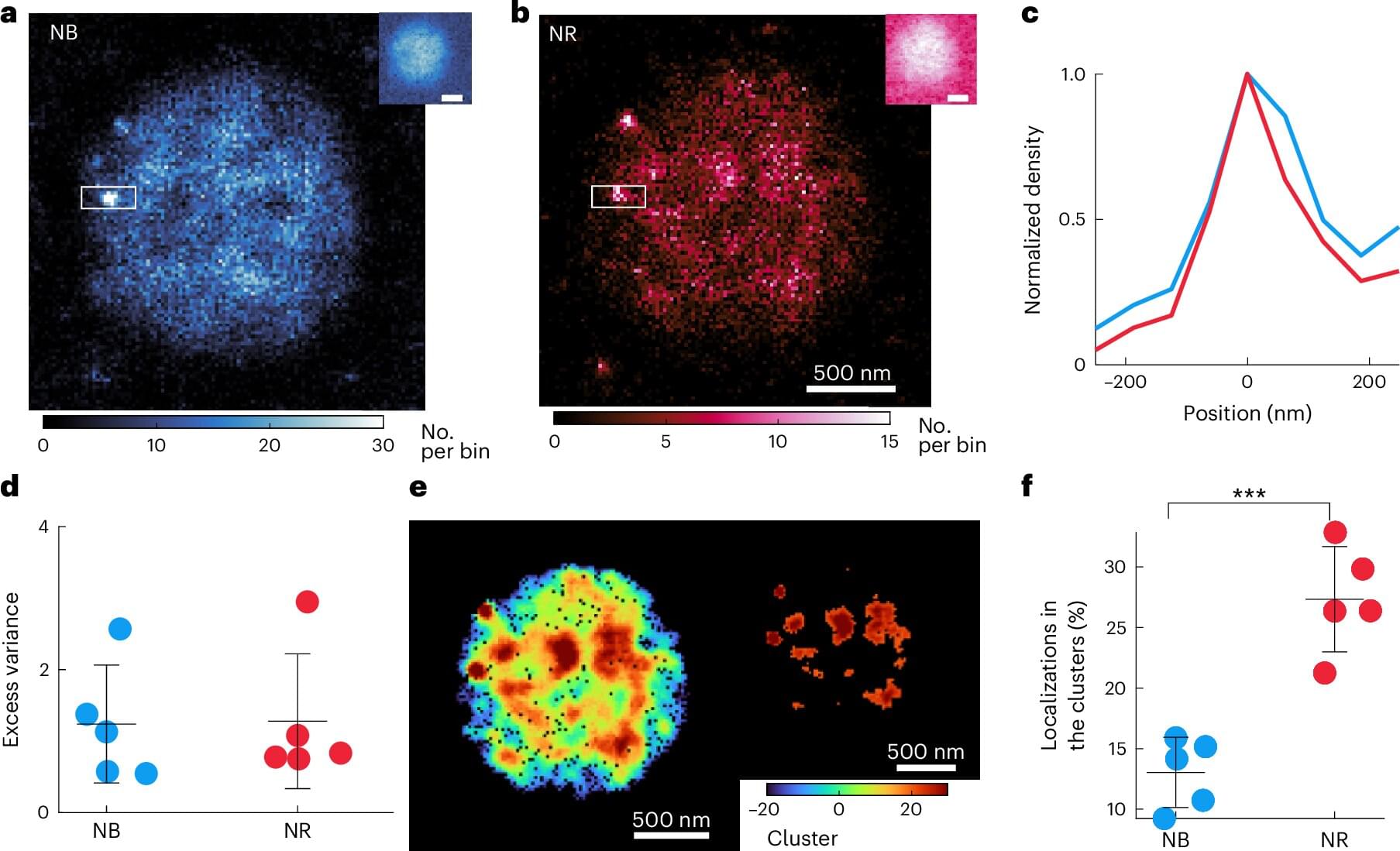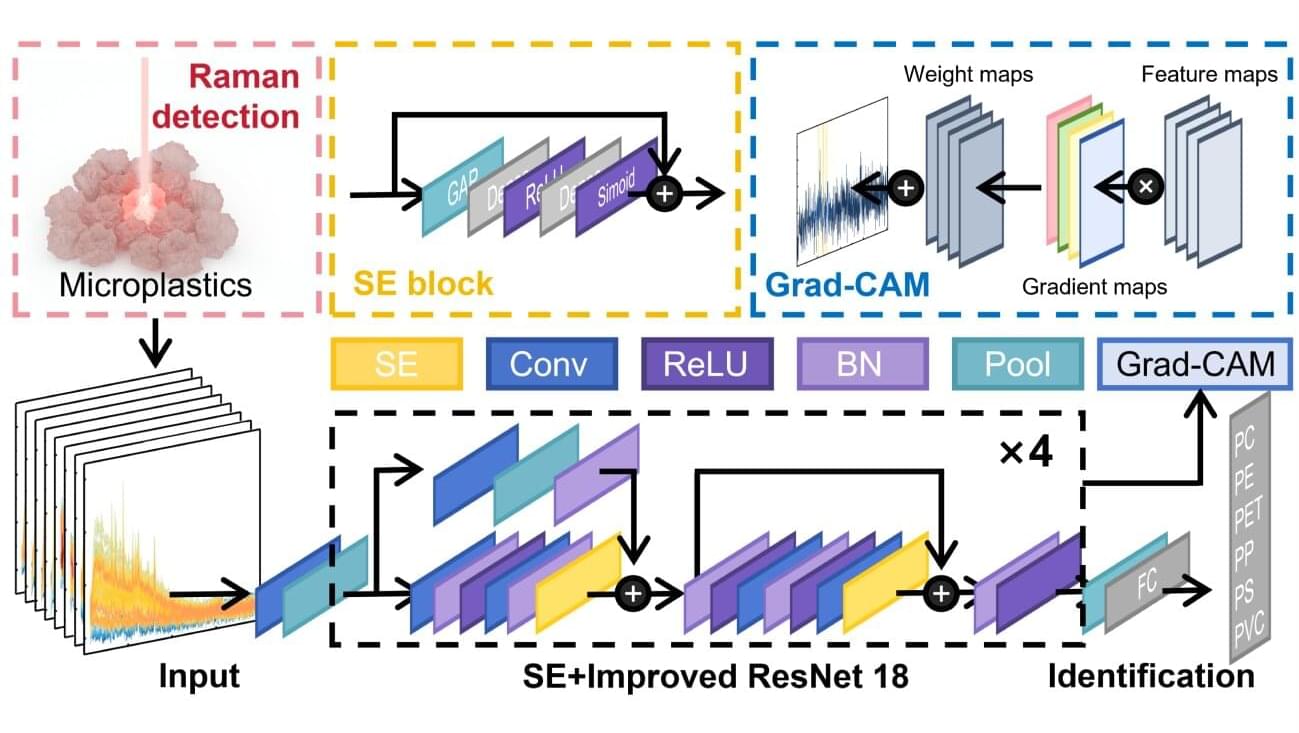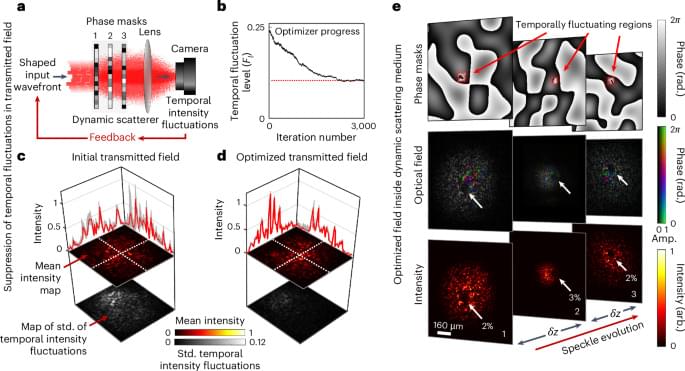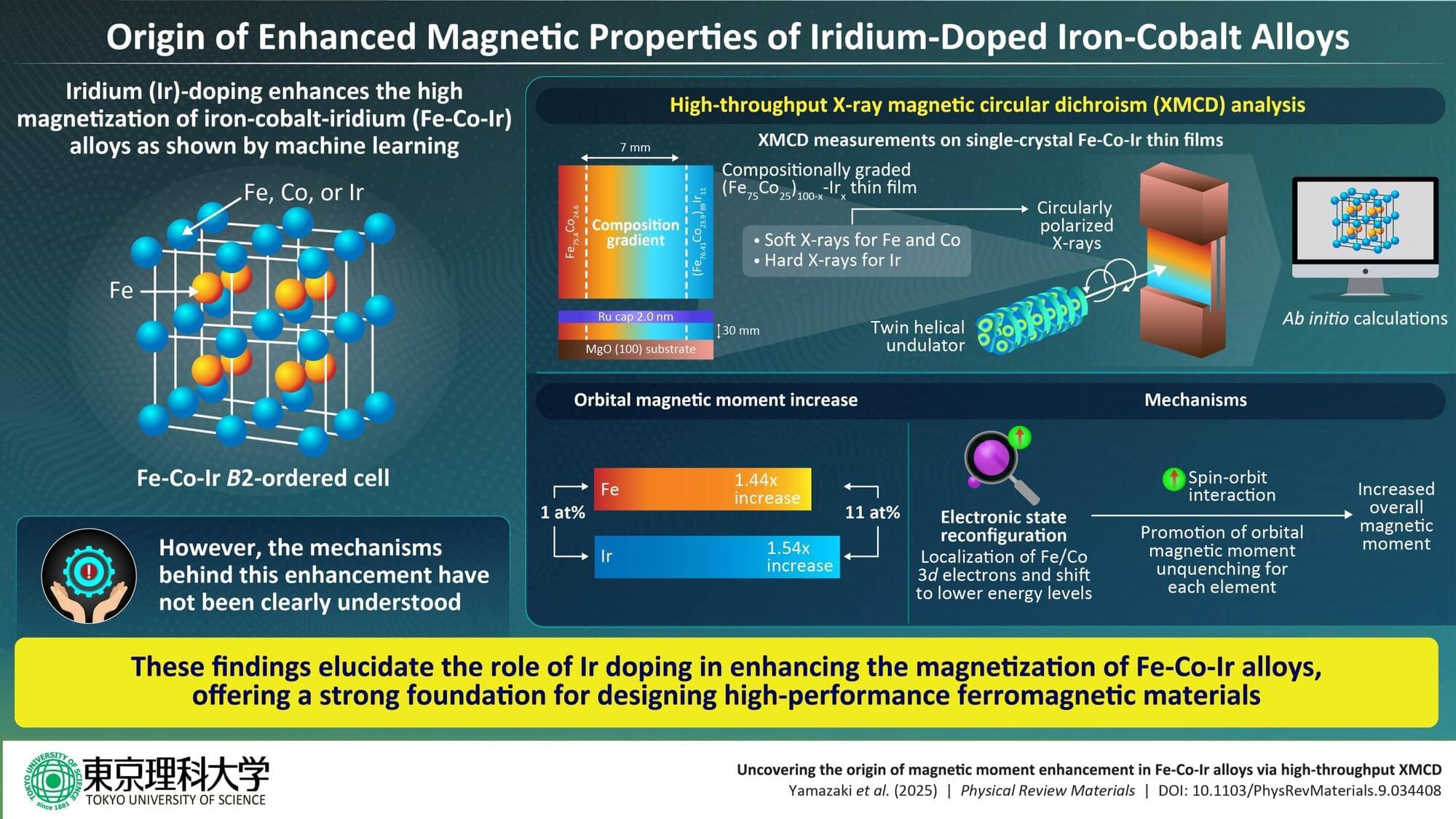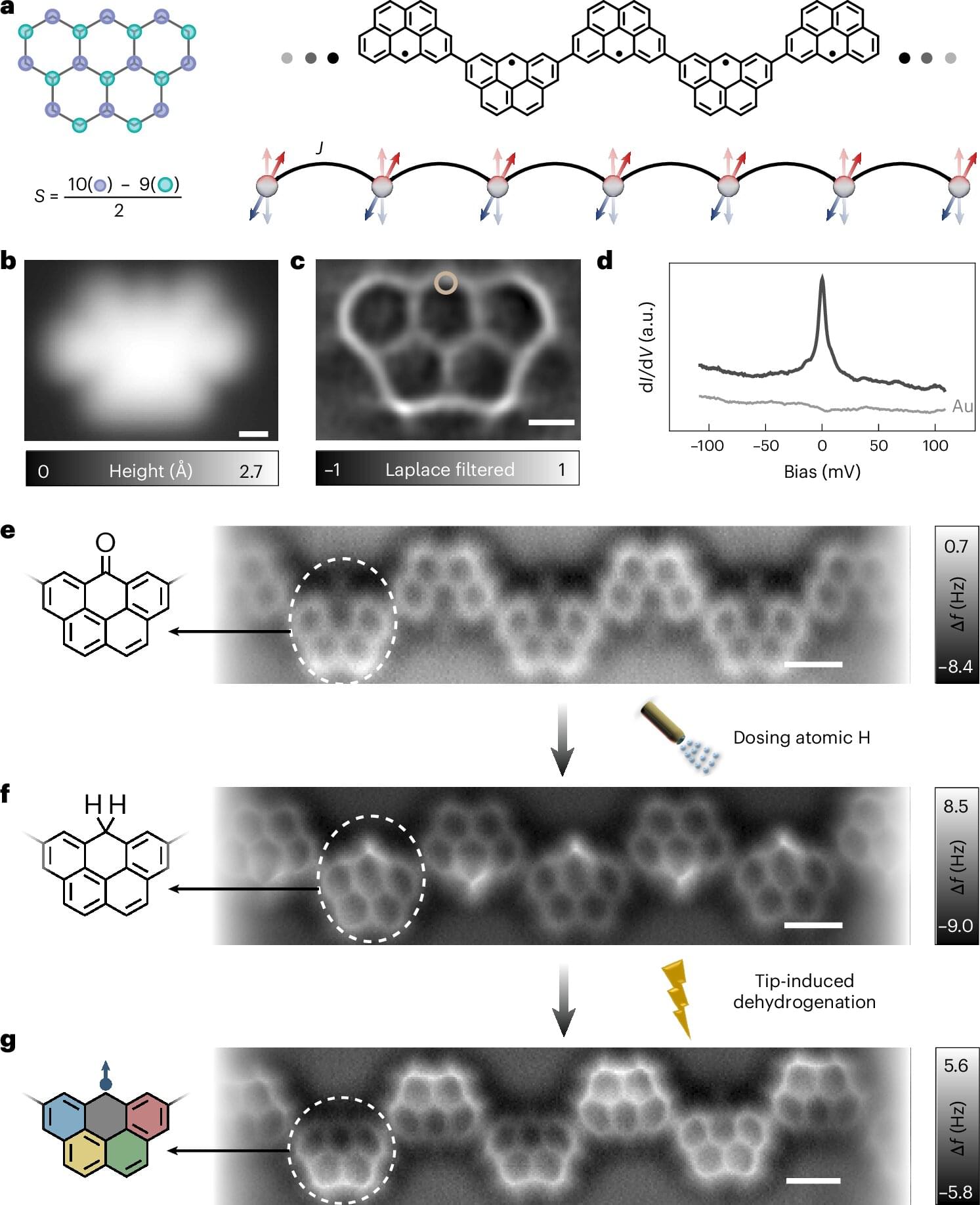Over the course of their lives, humans and other animals typically learn to avoid situations and stimuli that are dangerous or are perceived as threatening. Past neuroscience studies have gathered evidence suggesting that the medial prefrontal cortex (mPFC), a brain region that plays a key role in learning and decision-making, also contributes to these learned threat responses.
Researchers at the University of California Los Angeles (UCLA) recently carried out a study aimed at better understanding how the gradual strengthening of neural connections during the brain’s development influences changes in the threat responses of mice.
Their findings, published in Nature Neuroscience, revealed that there are critical transitions during brain development that alter how the mPFC interacts with the nucleus accumbens (NAc) and basolateral amygdala (BLA), two brain regions involved in threat-based and emotional learning.
